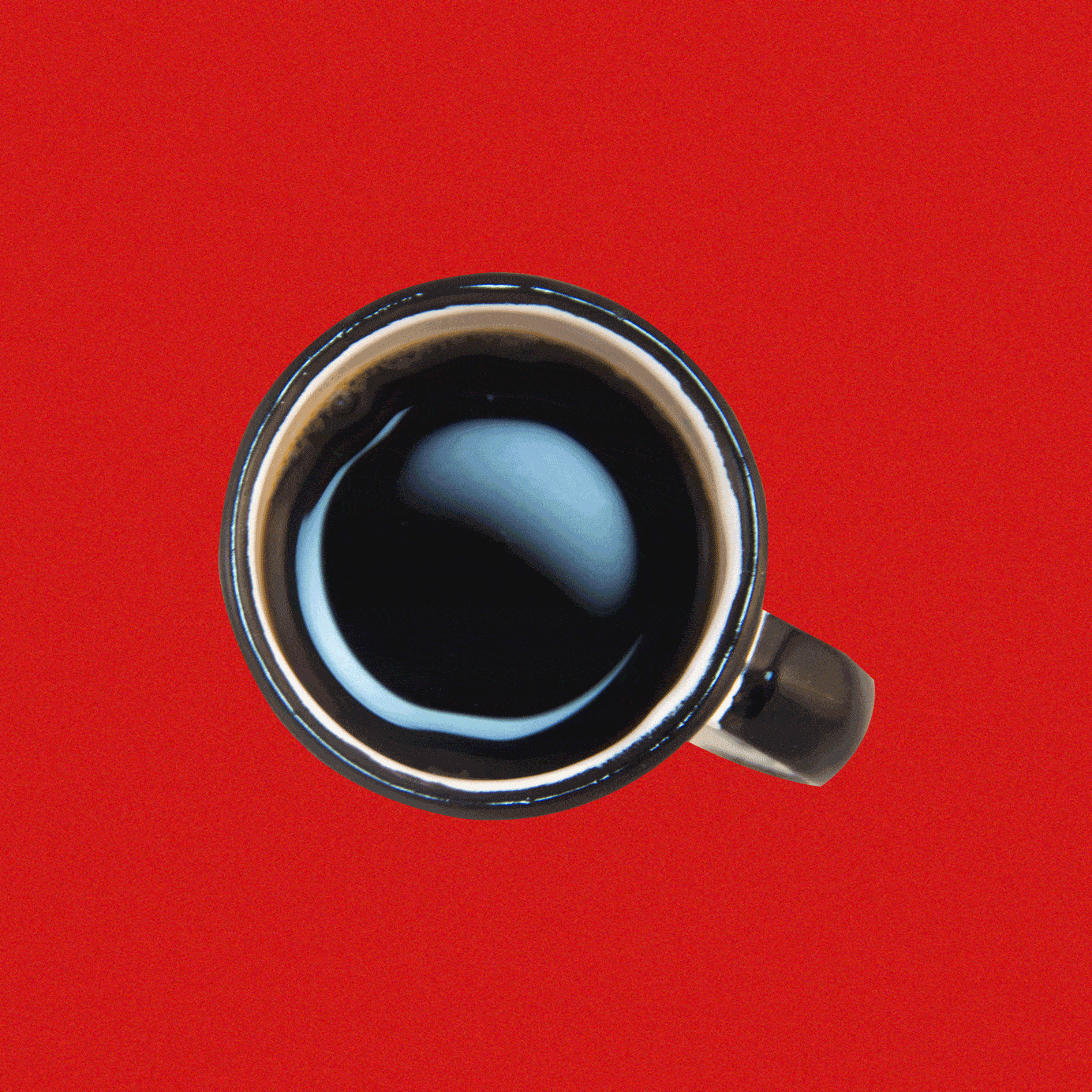For some, a cup of coffee is a simple affair. Open a bag of pre-ground coffee and dump a few scoops of it into a machine. Turn said machine on. Pour from the carafe into the mug. Voila.
For others, their morning cup can be a multi-step, gear-heavy process. That gear may include a conical burr grinder (running several hundred dollars alone), a coffee sifter in case your expensive grinder didn’t do its job well enough, a scale, distilled water, and a special mineral packet to add back into said water. And that’s before brewing! The next steps could include a siphon brewer or an espresso machine plus a distribution tool or tamper, a milk frother, and even a refractometer. The process yields a beautiful cup, but is it really necessary?
There is certainly power and elegance — and extreme satisfaction — in a good cup of coffee. It has the same complexity and terroir of wine, and when farmers are paid fairly for their products, coffee is part of an ecosystem of sustainable agriculture.
But, what would the perfect cup of coffee look like without a counter full of gear and gadgets? “Anyone can make a great cup with what they have in their home by following a few simple rules,” says Javier Acevedo, the Bay Area coffee and retail trainer for Blue Bottle Coffee.
1. Quality Beans
First and foremost, says Acevedo, pay attention to the quality of the beans. Look for a roasting date. Beans should be used within 30 days after roasting. Are there specific farms or places mentioned when you read about the beans? Transparency in sourcing is an important indicator of quality, and that farmers are being paid fairly for their labor and product.
Quality coffee beans are “80 percent of the way to a great cup of coffee,” Acevedo says. He recommends buying whole beans for freshness. Make sure to store the beans in an air-tight canister at room temperature.
The main issue with pre-ground coffee, says Sahra Nguyen of Nguyen Coffee Supply is that there won’t be “as much of a bloom because the coffee has already been degassing [i.e., losing carbon dioxide] at a faster rate.” In the cup, that can translate to flatter flavors. But, she says, “different coffee drinkers have different preferences” and that’s OK.
2. The Grinder
The next step, assuming whole beans are being used: Grind them.
Many experts recommend a burr grinder over a blade grinder, including Nguyen. “Burr grinders are recommended for coffee because they grind the coffee more evenly, allowing for a consistent and even extraction,” she says.
While Acevedo stresses the importance of an even grind, he says it’s possible without a burr grinder. Even if using “a blade grinder or mortar and pestle, grind coffee in smaller batches but ensure that all the grounds look even and uniform.” For French press, he advises grinding them down to the size of coarse sea salt. For a pour over, grind to the size of kosher salt. For an automatic coffee maker, grind to the consistency of coarse sand.
3. The Grind-to-Water Ratio
The next step is to find the ratio of coffee to water that’s perfect for you, according to Acevedo. He recommends measuring the coffee grounds with a coffee scoop or shot glass and measuring the water with a standard 8-ounce to 12-ounce cup. For most coffee drinkers, a great ratio is two scoops or shot glasses of whole bean coffee to every 12 ounces of water. For those who like their coffee a bit stronger, add in additional scoop.
4. The Water Source
Good news — no need to fuss over water. “If you can drink water straight out of the tap,” says Acevedo, “then you can use it to brew coffee.” If not, use whatever at-home filtration system already in place.
Most experts recommend a brewing temperature of 195 to 205 degrees Fahrenheit, just shy of boiling at 212 degrees. In the absence of a thermometer, water can be brought to a boil and then poured over the grounds after about a minute.
5. The Equipment
Here, your decisions are really all about your own tastes. “We encourage people to find the process that’s accessible and satisfying for them,” says Nguyen. Tools like a French press, Chemex, or a Hario V60 can be low-cost and low-fuss. Nguyen recommends a traditional Phin filter, a pour-over type tool common in Vietnamese coffee culture.
For coffee geeks, a precisely calibrated brewing process can bring satisfaction beyond the simple pleasure of a tasty cup of coffee. There’s nothing wrong with a gear-heavy process for those who enjoy it.
But, for those new to making their own coffee, there’s no need to be intimidated by all the devices and equipment. Minimalists can make a great cup of coffee at home, too.
